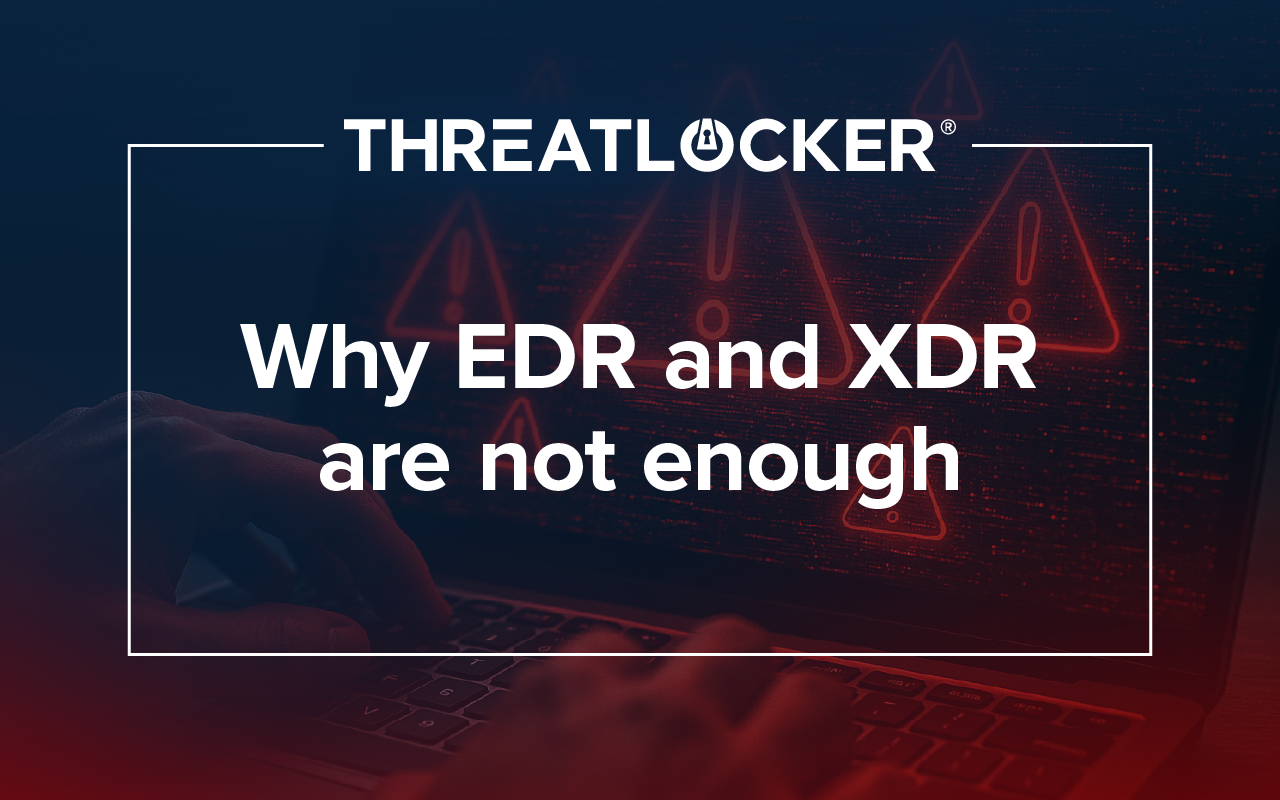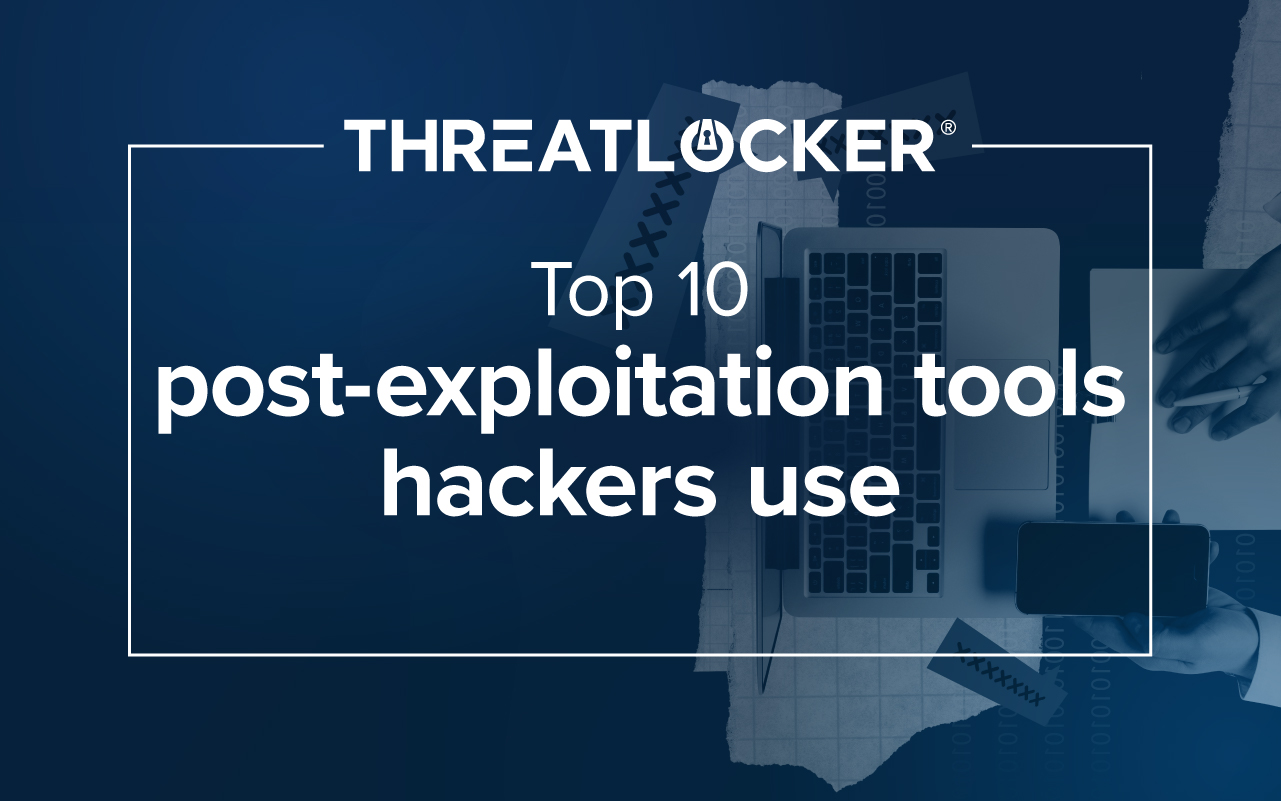Table of contents
What is Shadow IT?
Shadow IT is a result of employees using their own downloadable tools, computer programs, or software, without approval from their IT department. This security risk exploded with COVID-19 when workforces went remote. Gartner predicts that by 2027, 75% of employees will acquire, modify, or create technology outside their IT department’s visibility. This is a 41% increase over measurements taken in 2022 and a problem for organizations seeking to build their cyber resiliency.
Related: Are hybrid workers at more risk of a cyberattack?
Shadow IT creates security holes
When users implement the tools they deem necessary without approval from IT, they create holes in an organization’s cybersecurity. Unknown software can range from trustworthy project management or video call tools to applications packed with exploitable vulnerabilities. Shadow IT also covers any non-approved devices an employee uses that put sensitive data at risk. This may include personal computers, USB drives, or anything else that may have contained malicious software at any point.
Web content filtering tackles the issue of shadow IT, which can even include commonly used tools like Dropbox or Trello. If a tool isn't approved, it should be blocked, and employees who wish to use that tool should submit a request for proper review and audit.
The so-called “benefits” of Shadow IT are not worth the risk
The “benefits” of Shadow IT are drastically minimal on the grand scale of how vulnerable an organization becomes to a cyberattack. There are some who will advocate for employees to implement their own software and procedures with various arguments, such as:
“Employees should be allowed to choose the best tools for their jobs.”
- Employees introduce new security holes when they download unapproved applications. Said software could be malicious upon download or eventually weaponized if trusted by the employee. Removing the IT Department’s visibility of what is operating within the organization is a whole other security hole as well. The individual may see this as beneficial to their day-to-day, but it could cause a cyberattack that stops operations across the entire organization.
“Shadow IT reduces costs when employees use their own tools.”
- In IT or cybersecurity, you should never make shortcuts. Investing in your cyber resiliency may push the limits of your IT budget, but it is a small percentage when compared to the consequences of a cyber incursion. According to IBM’s Cost of a Data Breach Report 2024 (analyzed in early 2025), the average global cost of a data breach hit USD 4.88 million, marking a 10% increase from the USD 4.45 million recorded in 2023.
“Business operations are more efficient when users implement their own tools instead of waiting for approvals.”
- Approval processes can be time-consuming, but they are essential to verify that the requested software is not malicious. IT Departments have a standard procedure of operations when inspecting applications, including conducting research on the product’s history and launching it in a sandboxing/VDI tool to analyze how it interacts with the rest of the environment.
Related: ThreatLocker Testing Environment
How to stop and prevent Shadow IT
IT Departments should implement security controls within the environment to restrict what employees are capable of doing on their own. When it comes to stopping applications and software, allowlisting and containment tools can do the trick by stopping all software from running unless it is on an allowlist, thus preventing the allowed software from operating outside of their intended purposes.
Application allowlisting and containment tools can prevent new applications and software from operating on an employee’s machine. So, not only will these tools be able to stop unapproved software from running, but they will also help prevent new unknown software from executing in the future.
ThreatLocker puts an end to Shadow IT
How to detect Shadow IT with ThreatLocker
ThreatLocker is initially deployed in Learning Mode. Learning Mode is a fast and efficient transition to Zero Trust that analyzes and records data about the environment, including which applications/software are running. Depending on the size and complexity of your organization, it can take a few days to a few weeks. The results are a comprehensive view of any shadow IT lurking in your environment. Full visibility can also be granted with the ThreatLocker Unified Audit after ThreatLocker has been deployed.
How to stop Shadow IT with ThreatLocker
After inspecting an environment with ThreatLocker in Learning Mode, admins can take this list of discovered software, block the applications that are unapproved, and build an allowlist of software that can be used in their environment. After implementing the allowlist, any software, not on the allowlist will be stopped.
How to prevent Shadow IT with ThreatLocker
ThreatLocker Allowlisting will block all software from running on an organization’s endpoints and servers unless it is explicitly included in the allowlist. It is with Ringfencing™ that admins can implement granular Zero Trust controls that go beyond traditional application containment tools. Where traditional application containment tools help keep applications in their lane, focusing on one function, Ringfencing™ can stop applications from interacting with other applications, network resources, registry keys, files, and more.
To learn more about how ThreatLocker mitigates the threat of Shadow IT in your organization, reach out to a ThreatLocker Cyber Hero Team Member.





